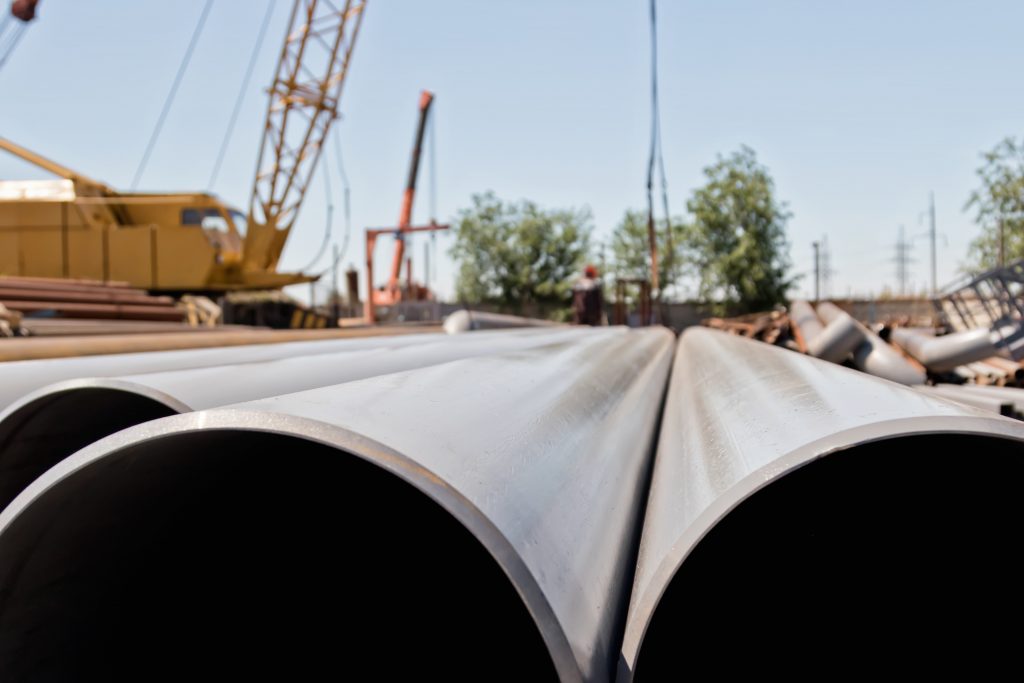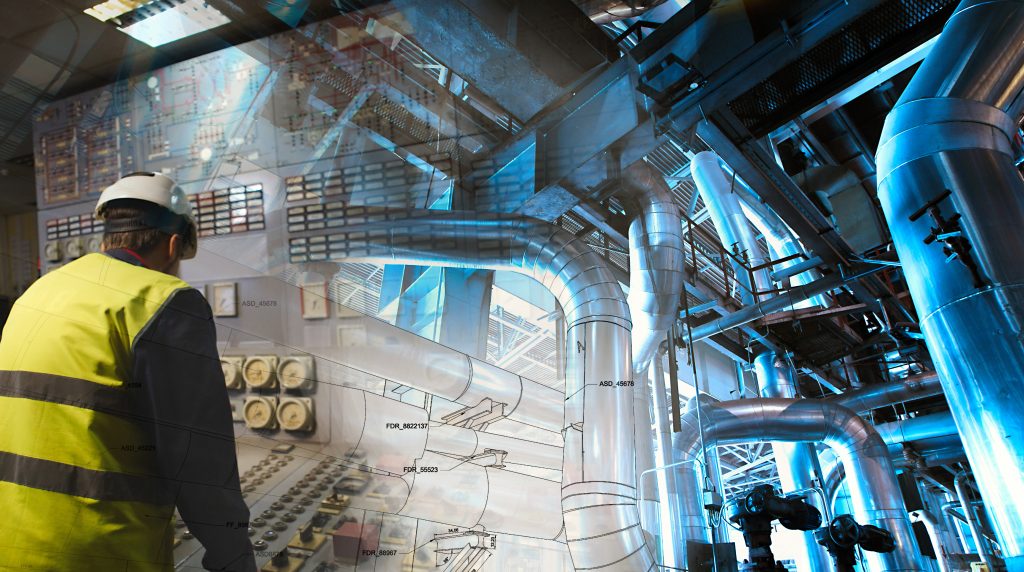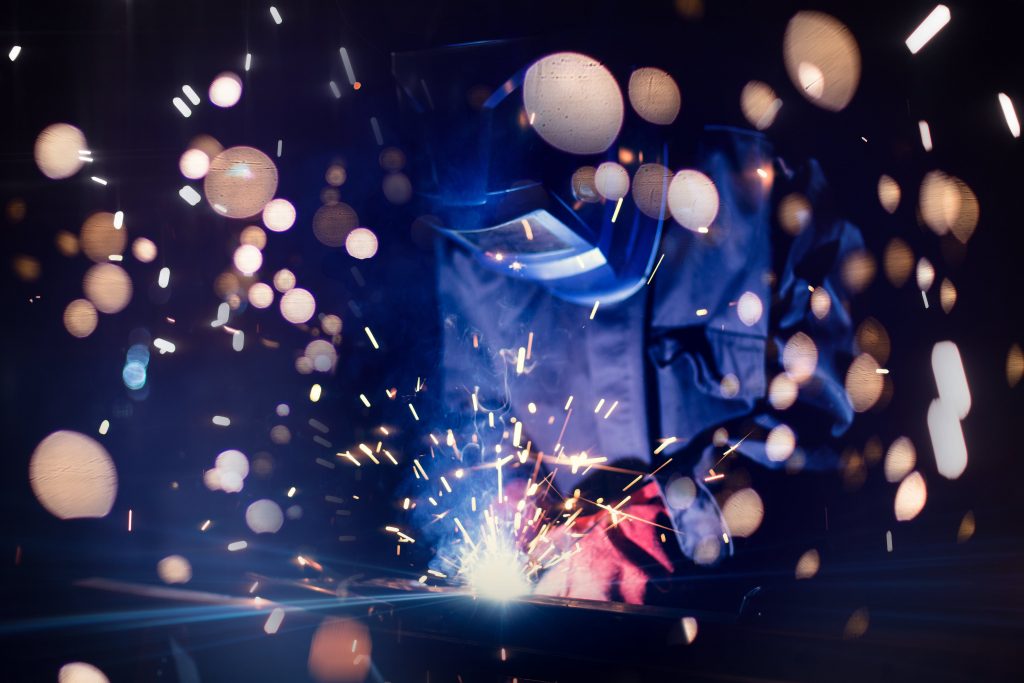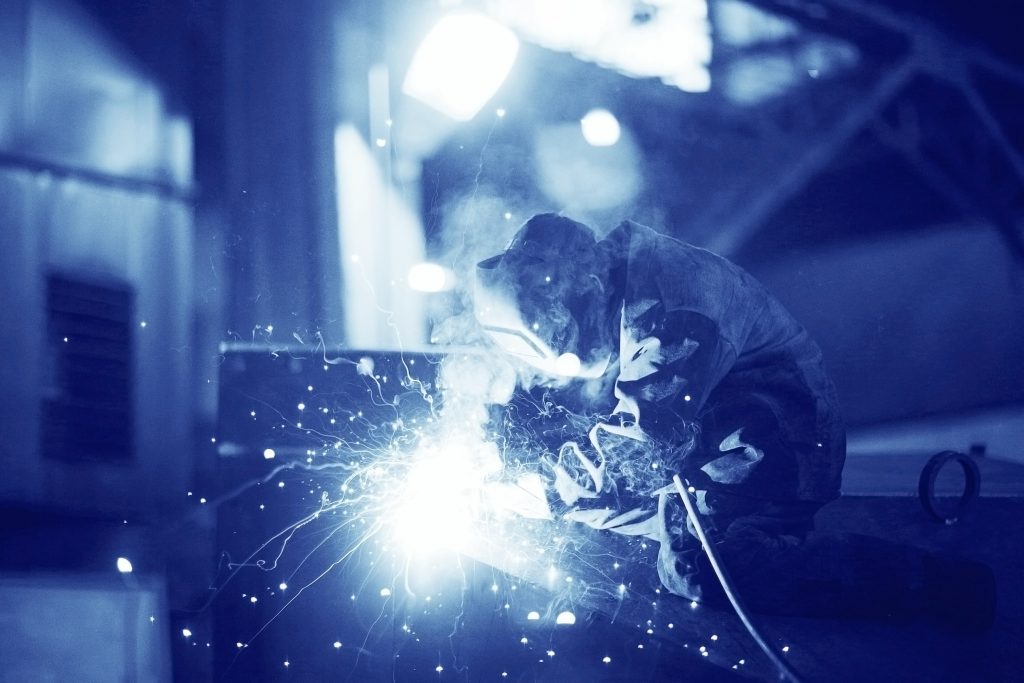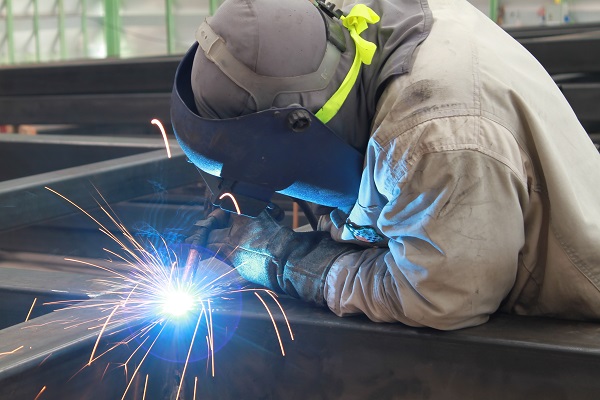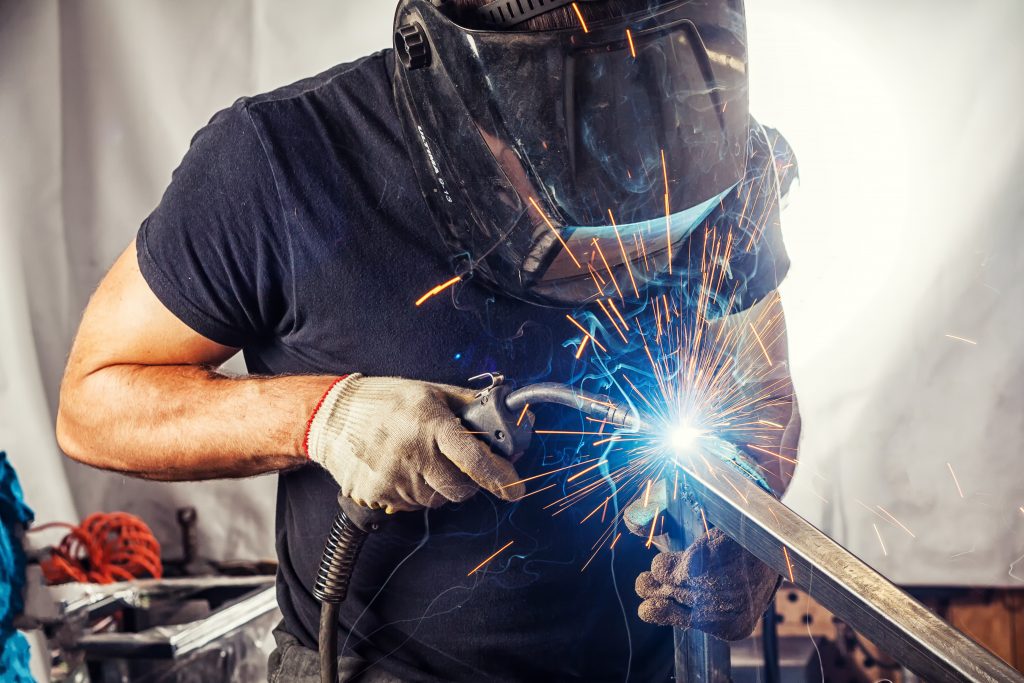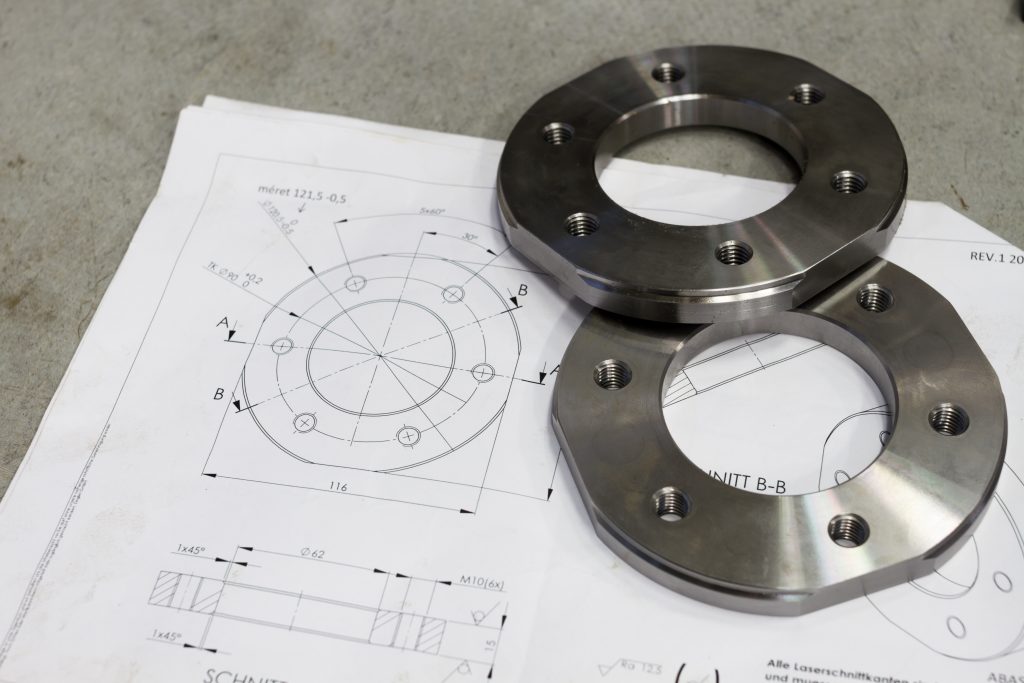One of the most prominent problems relating to large diameter pipes? Corrosion! Not only does corrosion limit the functionality of these types of pipes, but it can also result in safety concerns, especially if left unchecked for long periods of time. Here is everything that you need to know about metal fabrication, large diameter pipes and corrosion, as well as how to prevent it and ensure improved longevity going forward.
-
What Are Large Diameter Pipes Used For?
Large diameter pipes have many different uses and can be found in a variety of different industries. Water treatment plants are the most common places in which you’ll find large diameter pipes, although they are also regularly seen in the energy industry and other utilities. Generally, this type of piping is expensive to purchase and install, so any problems that present themselves can lead to massive financial hardship. This is particularly true when it comes to corrosion as it is usually impossible to repair, leaving experts with only the option of replacing the piping in its entirety.
-
Protecting Large Diameter Pipes
While corrosion is a big concern when it comes to metal fabrication and large diameter pipes, it can be effectively prevented with the help of experienced mechanical engineering teams. Metal fabrication specialists and contract manufacturing companies know all too well that the secret to protecting large diameter pipes from corrosion and rust lies in using the right treatments, coatings and alloys to prevent any reaction between water, oxygen and the pipe’s metal components. Luckily, the Rider Tool & Manufacturing Co. can assist with this.
For more information about custom metal fabrication and large diameter pipes, please do not hesitate to get in touch with our team.


